Stocks Back From the Bailout
I've made the stocks of both AIG and GM top-ten holdings because I see them as classic values.

When my client Larry learned that I had purchased shares of American International Group (symbol AIG) for him, he shot me an e-mail. “Is this the same AIG that almost destroyed the world?” “Absolutely,” I replied. A follow-up e-mail asked: “Is this the same AIG that makes investors want to puke?” “You got it,” I said.
AIG isn’t the only bailout play in my portfolio. I also own General Motors (GM). I’ve made the stocks of both companies top-ten holdings because I see them as classic values. Their businesses are performing far better than investors think, yet they are loathed because of how they performed in the past.
Bailout Fallout
The political climate may have something to do with the stocks’ low prices. Millions of Americans revile the federal government. Even more hate bailouts. (Ameriprise, with its finger to the wind, has Tommy Lee Jones bragging in TV ads that the company has never taken a bailout.) Given these strong feelings, do you think Tea Party fanciers are lining up to buy AIG and GM? No way.

Sign up for Kiplinger’s Free E-Newsletters
Profit and prosper with the best of expert advice on investing, taxes, retirement, personal finance and more - straight to your e-mail.
Profit and prosper with the best of expert advice - straight to your e-mail.
Some reasons for avoiding these stocks make sense. Analyst Gloria Vogel, of Drexel Hamilton, an investment banking and brokerage firm, says institutional investors worry about the large amount of AIG stock that the feds own (the Treasury holds 70% of AIG and 32% of GM): “They say, ‘Why should I buy now?’ But that concern and other worries are already baked into the price.”
And then some, I would argue. No one, understandably, wants to be the moron who buys AIG and GM before an announcement of a government sale tanks the stocks. Try explaining that one to your boss. Indeed, AIG shares fell nearly 4% on March 8, when the Treasury sold $6 billion worth of AIG stock (AIG bought half the offering).
Actually, the risk posed by the Treasury unloading more AIG shares may be less than it seems. CEO Robert Benmosche said recently that AIG could end up buying back an even bigger chunk of its stock from the Treasury. By Election Day, AIG should have billions of dollars to devote to such buybacks.
Buying back shares from Uncle Sam would be a win-win-win for AIG. First, it would diminish the overhang of shares that the Treasury could sell. Second, given that AIG, at $28, trades at a 49% discount to book value (assets minus liabilities) of $55.33 per share, every share it buys back makes its remaining shares more valuable. Third, a buyback would help change market perception.
AIG’s prospects are improving as it raises insurance rates. Its SunAmerica asset-management unit is once again seeing money flow into its funds. Fairholme Fund’s Bruce Berkowitz, who had 26% of the fund’s assets in AIG at the end of 2011, says the company is capable of earning $4 per share. Not bad for a $28 stock.
Two final points: The media may mock AIG, but 97% of Fortune 1000 companies still use its services. As for the financial-products unit, which did almost destroy the world, about 90% of its derivative exposure is gone, and most of what remains is used for low-risk hedging activity or should retain or increase its value over time.
Meantime, GM, often derided as “Government Motors,” has regained its position as the world’s top carmaker. GM’s joint ventures in China are performing well and are worth $10 per share, nearly 40% of GM’s $26 share price. GM has 13% of all new-car sales in Brazil, Russia, India and China—the highest percentage of any carmaker.
Granted, GM used to be a lousy company, but times have changed. Hourly costs per worker have plunged by 30%. Some smart people have replaced the dunderheads who ran the company into the ditch. And the stock sells for less than six times the $4.59 per share that analysts, on average, expect GM to earn in 2013.GM and AIG are clearly cheap, but many investors think the past is always prologue. Not so this time.
Columnist Andrew Feinberg manages a New York City–based hedge fund called CJA Partners.
ORDER NOW: Buy Kiplinger’s Mutual Funds 2012 special issue for in-depth guidance on the only investments you need.
Get Kiplinger Today newsletter — free
Profit and prosper with the best of Kiplinger's advice on investing, taxes, retirement, personal finance and much more. Delivered daily. Enter your email in the box and click Sign Me Up.

-
 2026 Disney Dining Plan Returns: Free Dining for Kids & Resort Benefits
2026 Disney Dining Plan Returns: Free Dining for Kids & Resort BenefitsPlan your 2026 Walt Disney World vacation now. Learn about the returning Disney Dining Plan, how kids aged three to nine eat free, and the exclusive benefits of staying at a Disney Resort hotel.
By Carla Ayers
-
 How Can Investors Profit From AI's Energy Use?
How Can Investors Profit From AI's Energy Use?Global energy demand is expected to grow by leaps and bounds over the next several years as AI usage accelerates. Here's how to get a piece of the pie.
By Jacob Schroeder
-
 Stock Market Today: Tariff Talks Drive Another Up-and-Down Day
Stock Market Today: Tariff Talks Drive Another Up-and-Down DayTrade war negotiations are happening, but the "fear gauge" is gyrating, and investors, traders and speculators are still searching for signs of a bottom.
By David Dittman
-
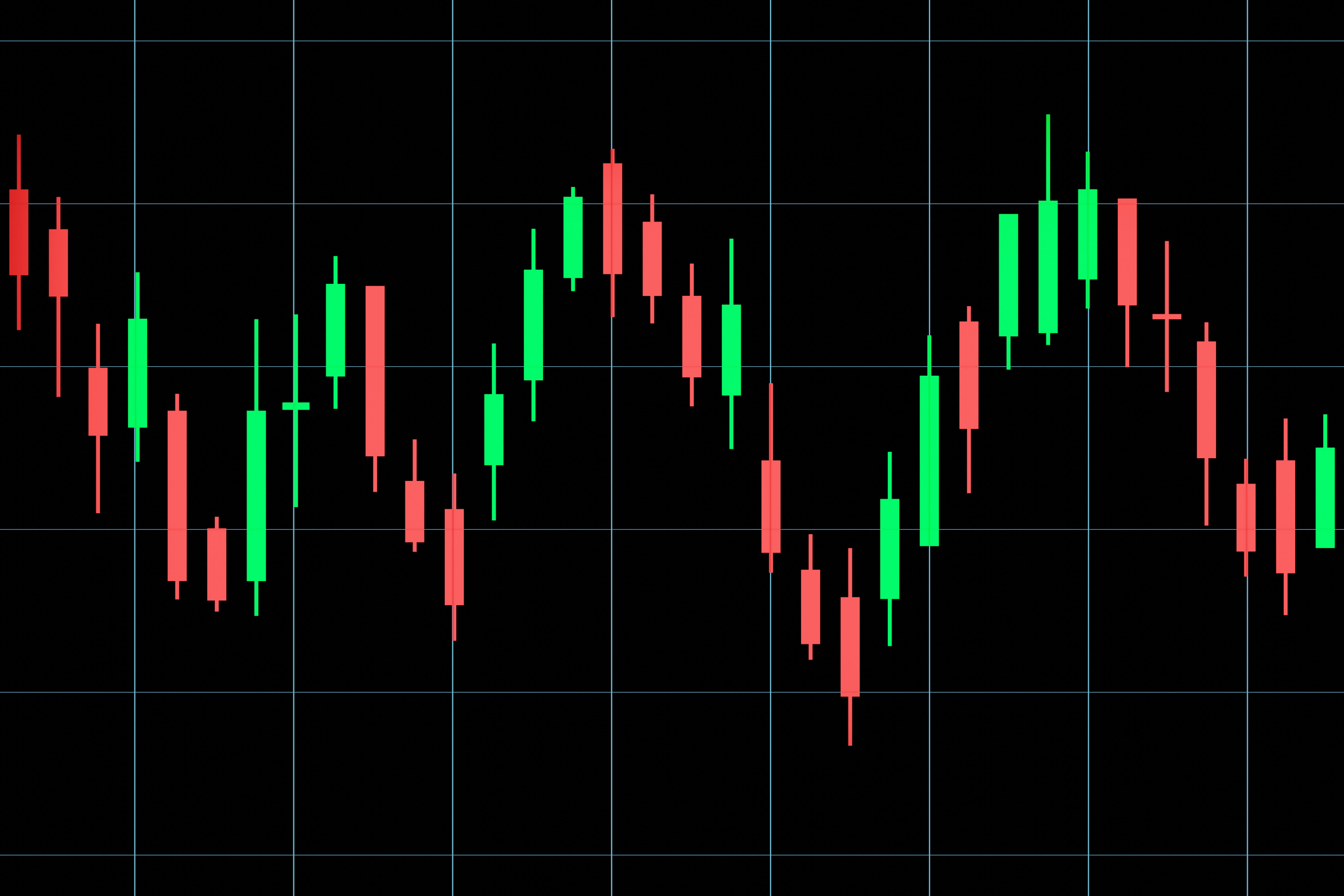 Stock Market Today: It's Going to Stay Choppy for Stocks
Stock Market Today: It's Going to Stay Choppy for StocksAuto-focus can show us a lot about uncertainty on the ground and in the stock market.
By David Dittman
-
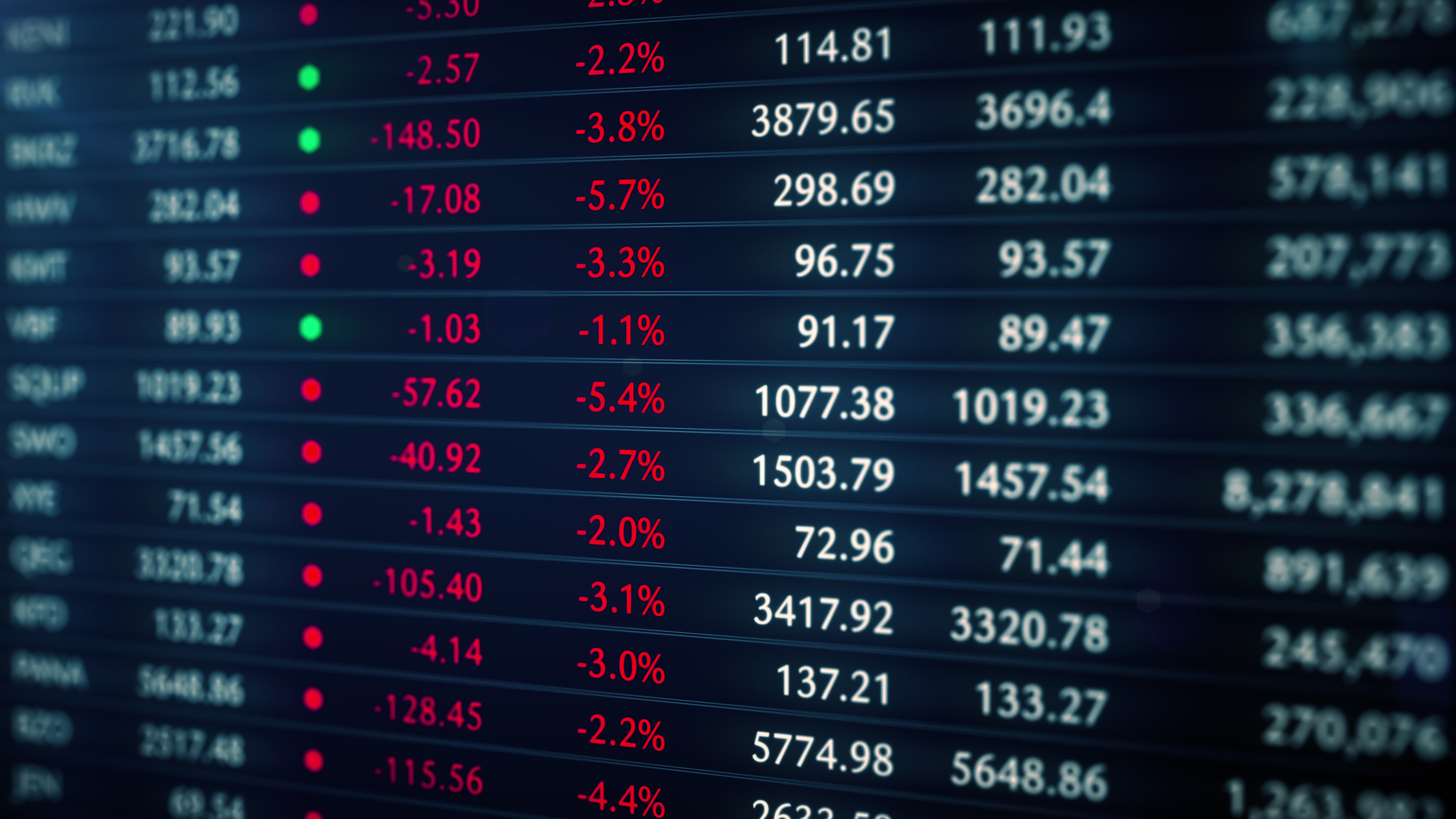 Stock Market Today: Auto Tariffs Send Stocks Lower
Stock Market Today: Auto Tariffs Send Stocks LowerThe main indexes snapped their win streaks after the White House confirmed President Trump will talk about auto tariffs after the close.
By Karee Venema
-
 Stock Market Today: Stocks Skid Into Another Risk-Off Turn
Stock Market Today: Stocks Skid Into Another Risk-Off TurnThe promise of the AI revolution can't overcome flickering hopes for a "Fed put."
By David Dittman
-
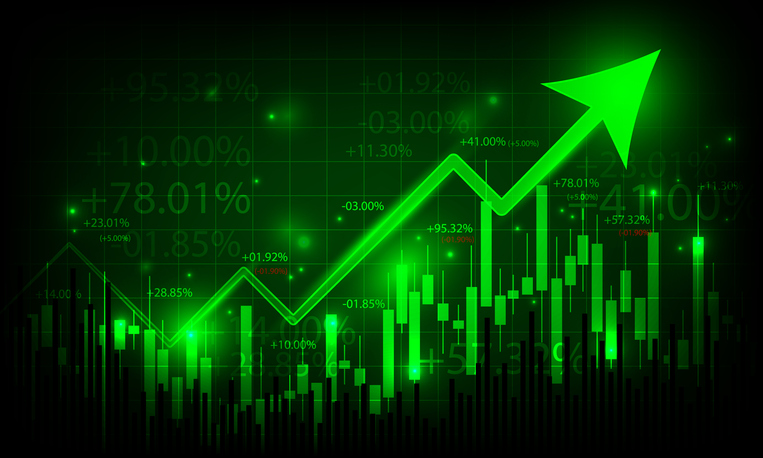 Stock Market Today: Dow Adds 485 Points After Trump's Tariff Delay
Stock Market Today: Dow Adds 485 Points After Trump's Tariff DelayThe White House said it will postpone tariffs on automotive imports from Canada and Mexico for one month.
By Karee Venema
-
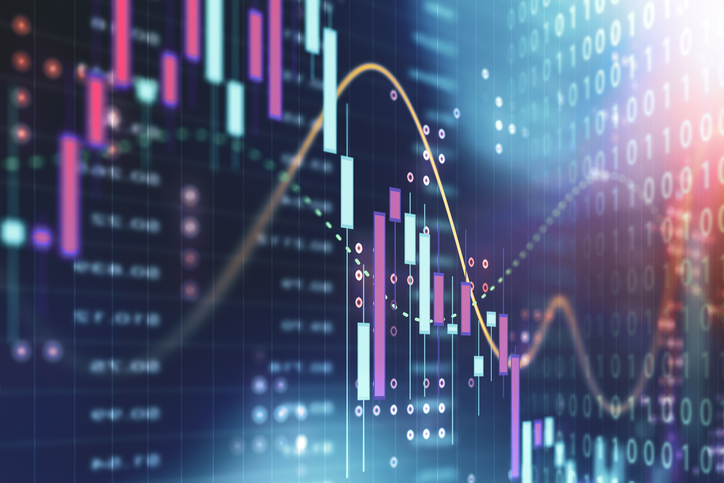 Stock Market Today: Stocks Struggle After Trump's EU Tariff Threats
Stock Market Today: Stocks Struggle After Trump's EU Tariff ThreatsStocks pared early gains after Trump threatened the European Union with 25% tariffs.
By Karee Venema
-
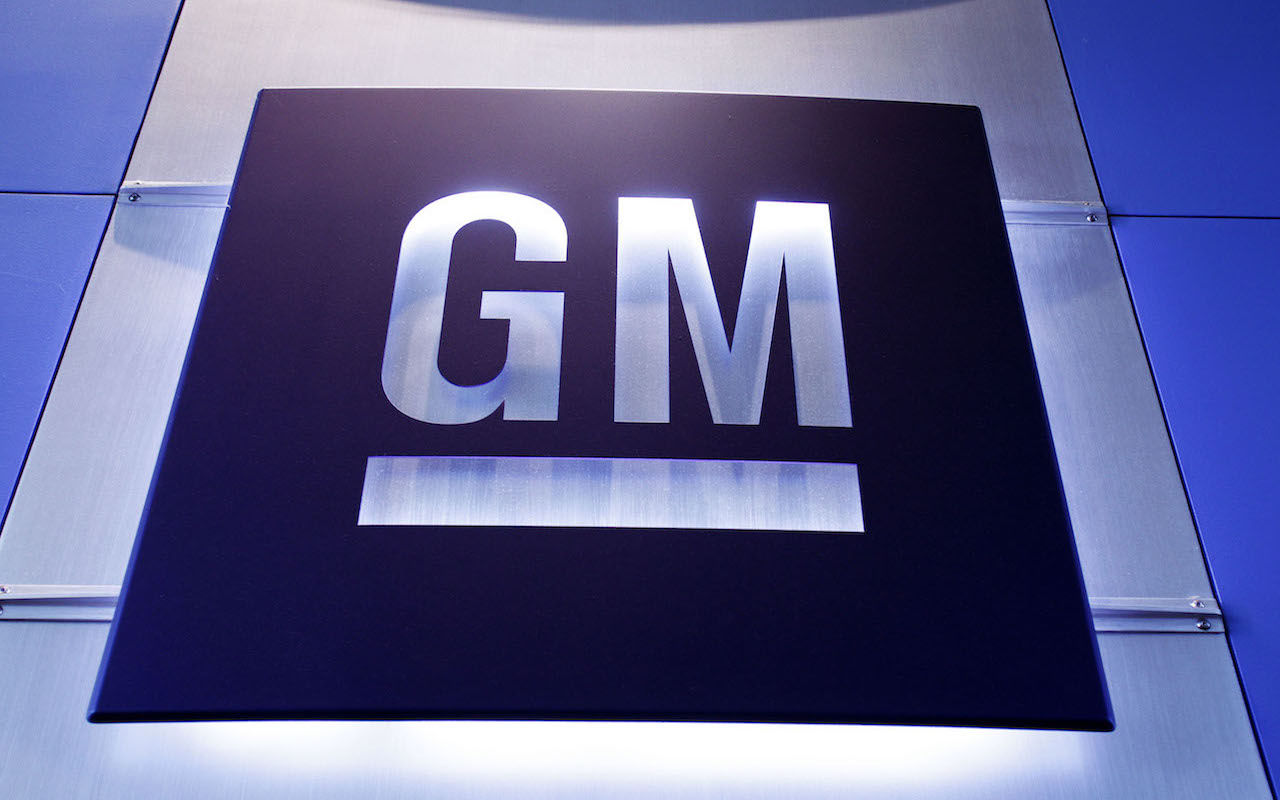 GM Stock Rallies on Dividend Increase, Buyback Plan
GM Stock Rallies on Dividend Increase, Buyback PlanGeneral Motors stock is higher Wednesday after the car maker announced a dividend increase and a new share repurchase program. Here's what you need to know.
By Joey Solitro
-
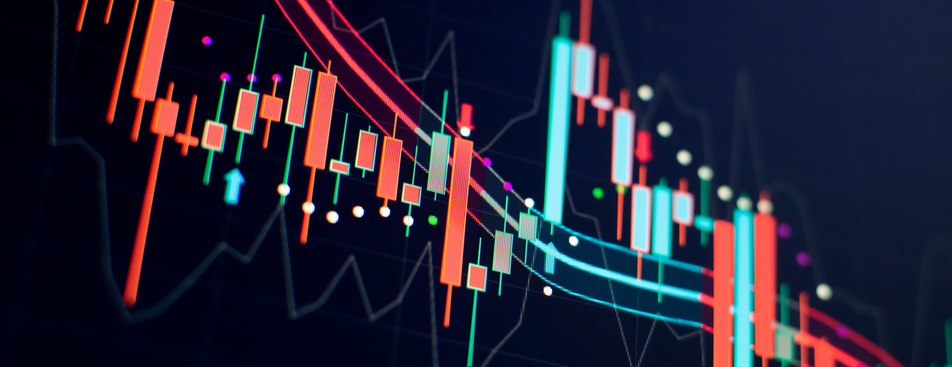 Stock Market Today: Stocks Trim Losses After Trump Tariffs
Stock Market Today: Stocks Trim Losses After Trump TariffsStocks slumped at the start of Monday's session after the Trump administration's weekend tariff announcement.
By Karee Venema